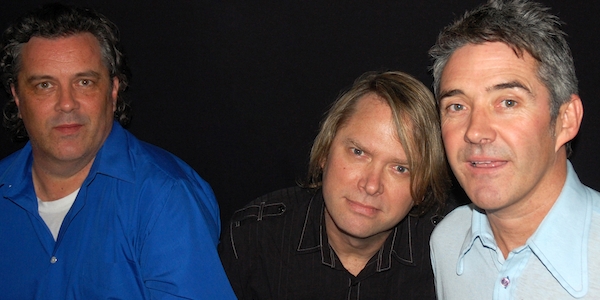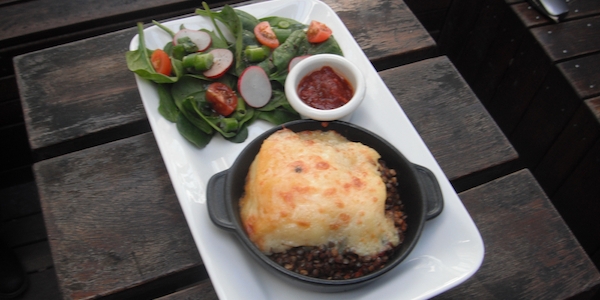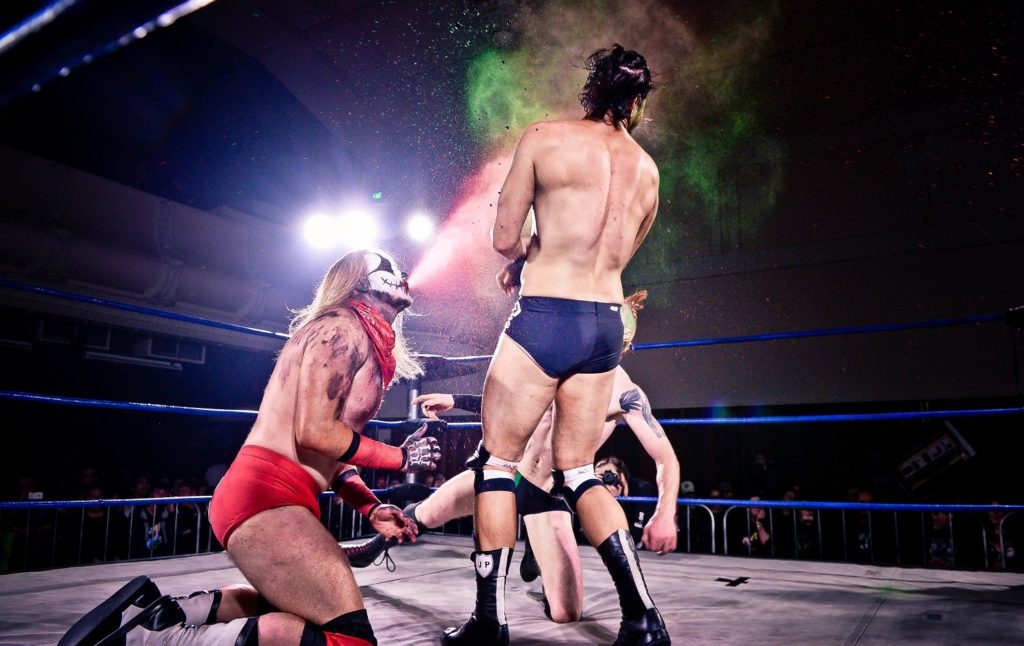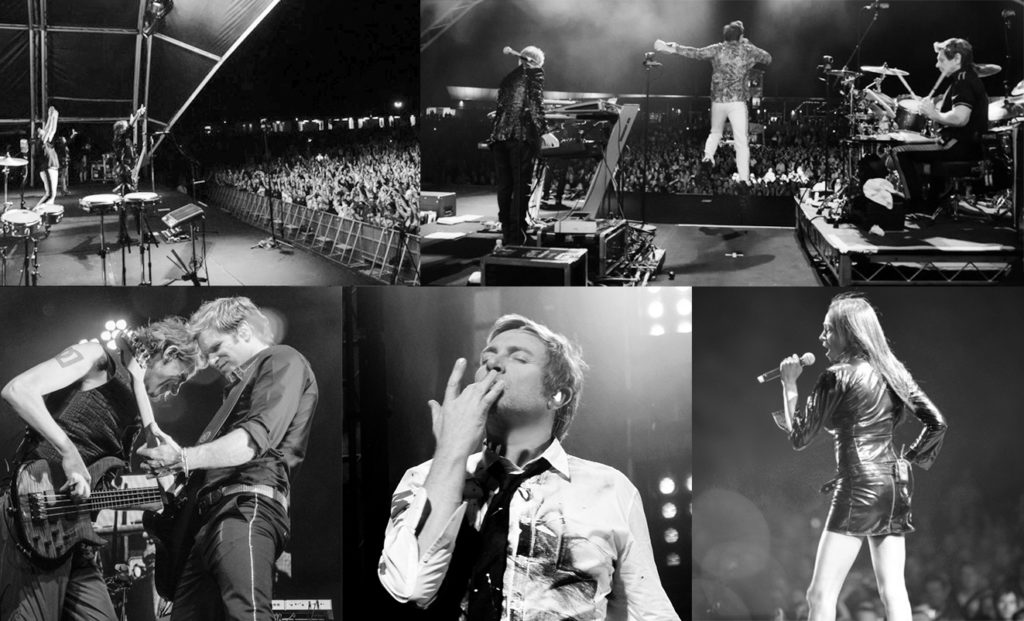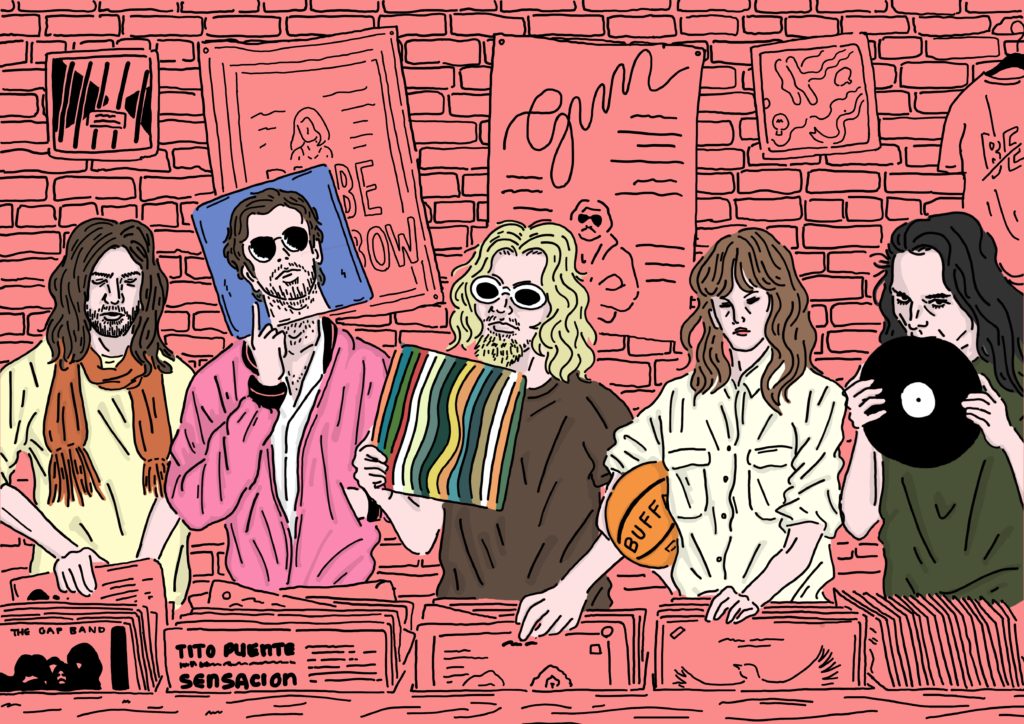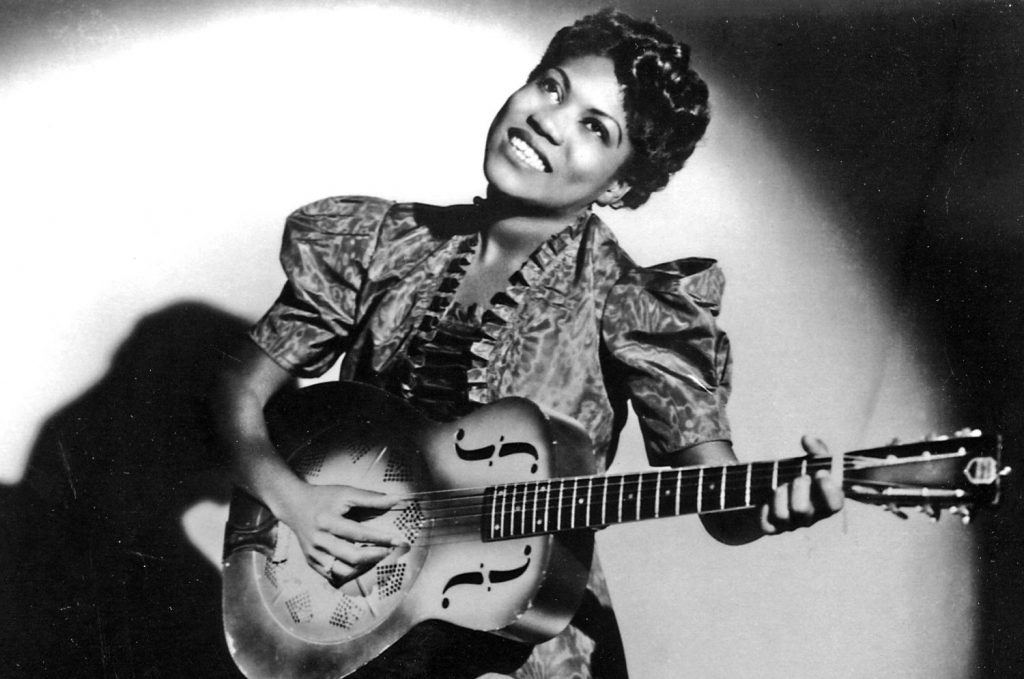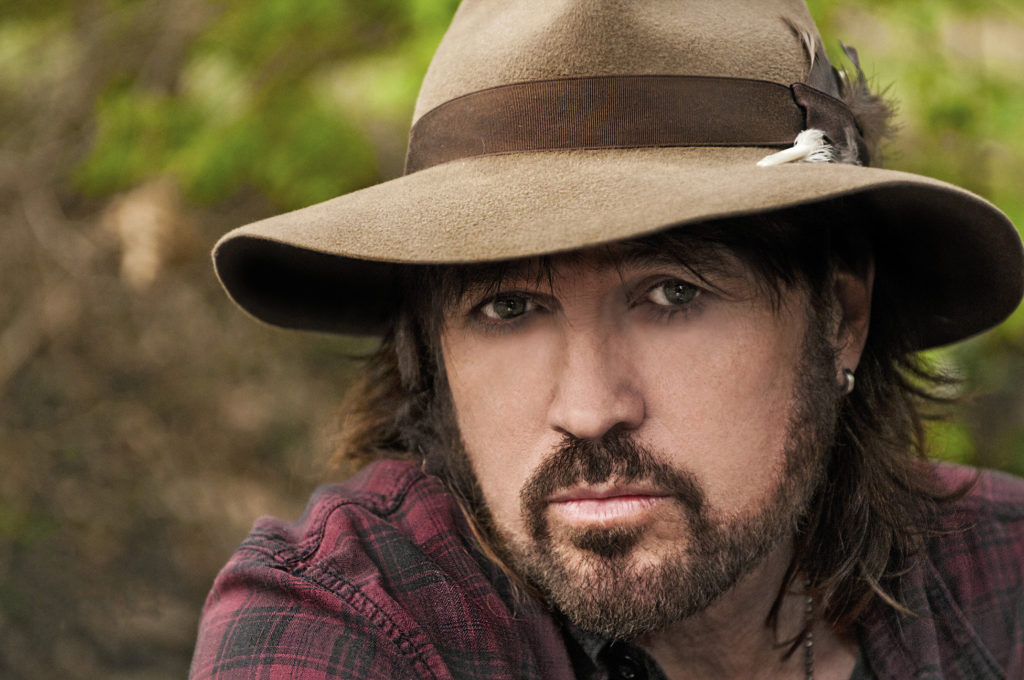“But in a sense, I had a really deep and interesting connection with my own thoughts and my own place in Australia… how I value my friends and how I felt disconnected from my family,” Gibson ponders. “It was a really important trip that made me realise that you can get very overwhelmed by the landscape.
“When you’re on the road for three weeks, it’s the really small things that give you pleasure, which is actually a great thing,” he denotes. “But I really craved the human connection. The good thing about the trip was that it exposed myself to the kind of loneliness and heartache that can come in a landscape… I felt it and I saw it, and hopefully I was able to get that into the work.”
The Sunset Park – the follow-up to the Sydney trio’s debut album, In The Blinding Sunlight (2008) – revolves around the lives of four key characters: Brianne Sullivan, Kristy Bennett (Brianne’s best friend), Scotty Bennett (Brianne’s ex-boyfriend and Kristy’s brother) and ex-Vietnam veteran Kevin Pearce. Originally, Gibson had written the story as the draft of a novel. The trip inspired Gibson to transform the novel into a narrative album; one that’s infused with a cinematic grandeur due to the musical prowess of Simon Holmes (The Hummingbirds) and Sean Kennedy.
“My father’s side of the family is from Fremantle and my father was born in the Kalgoorlie Goldfields – we always had this sense of wanting to connect with that land and my father was quite old when he had me, so we never knew that side of the family,” Gibson relates. “I had this idea of a journey which came from west coast to east coast as my father did and I needed characters on which to hang that story, so I travelled to Western Australia. It’s complicated and all fiction but in the same breath, it’s based on people that I’d come across ordinarily in the period that I was writing it. I’ve turned the novel into a narrative album, so that’s satisfied the writing of that story, and maybe now we can look into developing a stage performance with it,” he enthuses.
Gibson had been working on the story for about eight years, but was searching for a greater interconnectedness. “I’d been to the areas in Queensland where I saw the story ending and Western Australia where I saw it beginning, but I hadn’t linked it all up or been to the middle of Australia, so that’s why I did that trip – to connect it all up and really feel the roads and landscapes and really challenge myself, so that I could write about it authentically,” says Gibson. “The trip ended up taking me about three weeks because I was stopping here and there, going for a surf in South Australia and having a few desolate meals in a few desolate bistros along the way,” he recalls with a chuckle.
“It was a pretty powerful thing actually, the psychological sense of crossing Australia,” Gibson contemplates. “I literally left Fremantle in one morning looking at the Indian Ocean and then three weeks later I arrived at the east coast. It was a real sense of personal achievement, not in an artistic way but in the sense that ‘shit, no matter whatever else I do in life, I know that I’ve done this’, you know? It’s a strange sense of achievement that I got from it and anyone can do it. The thing is no one really ever does it, so I recommend it,” he laughs.
Gibson’s articulation of Australia’s multi-faceted culture, landscape and spirit renders The Sunset Park an extraordinary Australian album. “I find that it’s an essential thing for me to do as I travel around, to try and articulate them and talk about things which are not necessarily the picture postcard Qantas ad narrative of Australia,” Gibson affirms. “We’re not all wearing akubras with Mustang cattle in the outback. There’s so much more, and there’s great stuff and there’s shit stuff. I’m not trying to put myself in a position of really saying that anything’s good or bad, but trying to shine a light onto it. I see it more as a novelist or observer – just because I’m talking about it doesn’t mean that I’m celebrating it or critiquing it. There are not enough Australian artists who critique our culture and look at it from a fond point of view but also saying: ‘it’s not all great’. I did try to find my own place in Australia as a white European, just like a lot of us – after 200 years, we still have an identity crisis about ‘what is Australia…?’”
The Things That Make You Happy is a particularly poignant track that’s written from the viewpoint of the Kevin Pearce character. “He’s based on a certain Australian guy that I know and an American vet that I actually met whilst in Vietnam,” Gibson explains. “In a way, it’s a continuation or part two of Khe Sanh. It’s a song that means a lot to a lot of Australians and I was actually talking to a Vietnam vet the other night and he was saying how much Khe Sanh meant to him. It was a song which articulated the life of a certain person in Australia, a Vietnam veteran, who came back from the war not really knowing their place, and they worked across the country from end to end trying to find a place to settle down. It’s more of a stand-alone track that’s going outside of the narrative. It’s actually one of my favourites on the album.”
